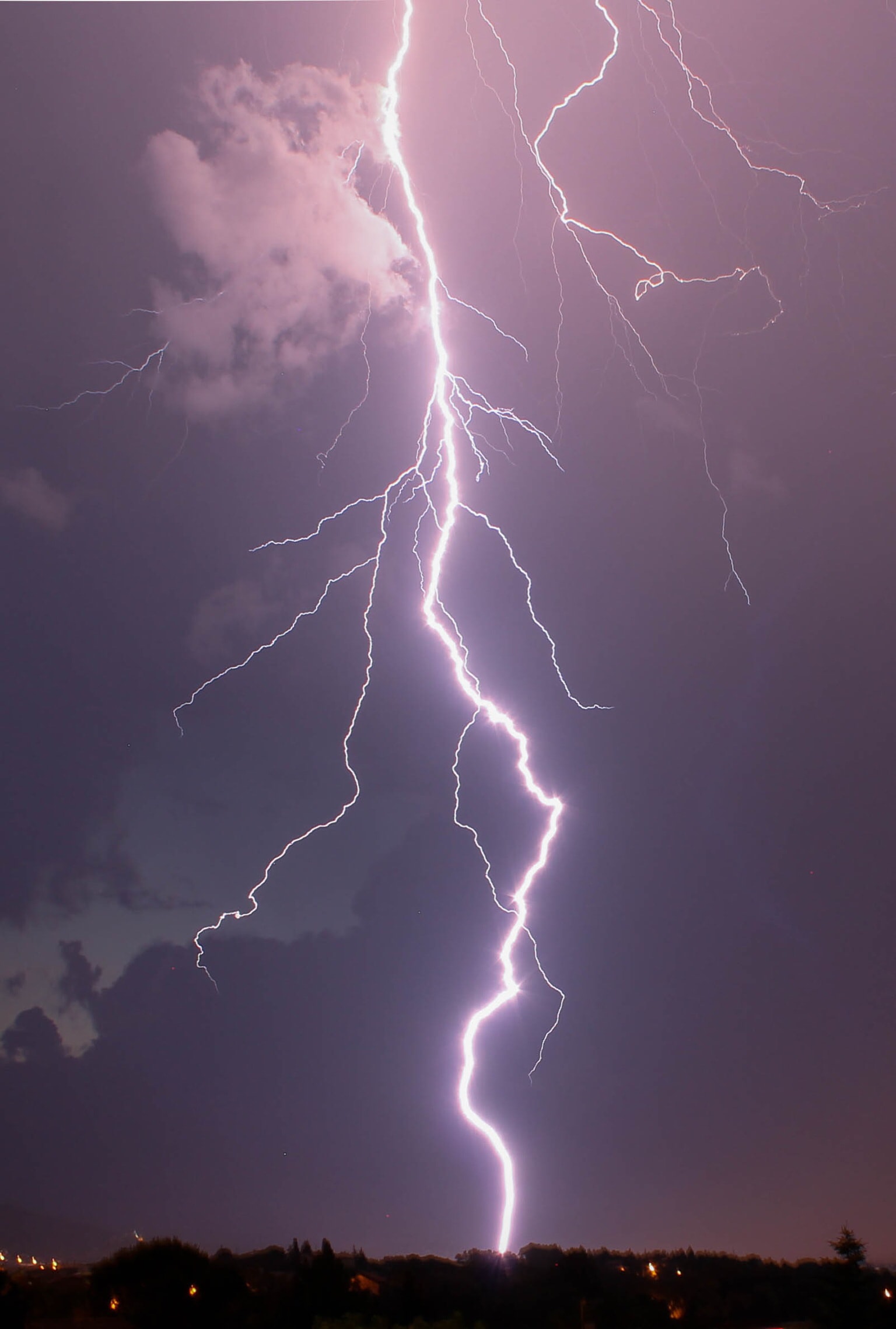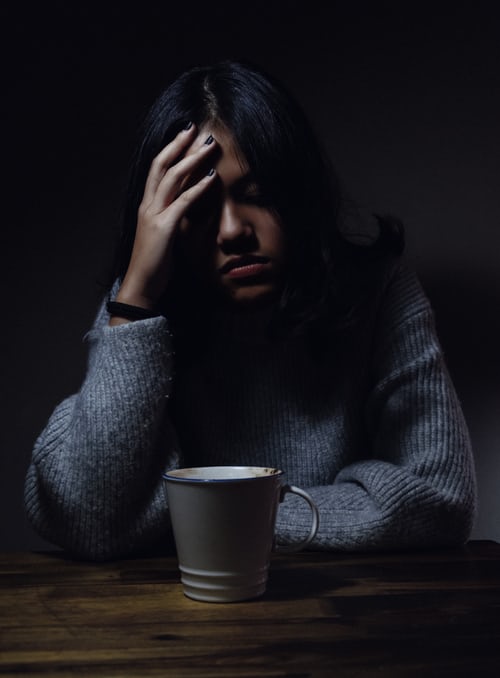 Migraine tends to worsen in the years leading up to the menopause, with attacks occurring more frequently and also lasting longer. Many women notice a link with their periods. For some women, the natural drop in oestrogen that occurs around menstruation - and during the pill-free week of combined oral contraceptive pills - can be a trigger. Others find that heavy, painful periods are linked to migraine. From early 40s, the menstrual cycle can become more erratic, with fluctuations in oestrogen levels, leading to more frequent migraines. As periods lessen and become infrequent, the hormonal trigger for migraine lessens; which is why many women find migraine improves after the menopause.
Migraine tends to worsen in the years leading up to the menopause, with attacks occurring more frequently and also lasting longer. Many women notice a link with their periods. For some women, the natural drop in oestrogen that occurs around menstruation - and during the pill-free week of combined oral contraceptive pills - can be a trigger. Others find that heavy, painful periods are linked to migraine. From early 40s, the menstrual cycle can become more erratic, with fluctuations in oestrogen levels, leading to more frequent migraines. As periods lessen and become infrequent, the hormonal trigger for migraine lessens; which is why many women find migraine improves after the menopause.
Can HRT help?
Many women notice that migraine is more likely to occur when they have bad hot flushes and night sweats. Since HRT is very effective at controlling these menopause symptoms, it can help reduce the likelihood of migraine. However, some forms of HRT can create more hormone fluctuations, triggering migraine. This is most likely to occur with tablet HRT. Therefore, its generally recommend that women with migraine who need HRT should use oestrogen patches or gel, as these maintain stable hormone levels with few fluctuations.
Unless a woman has had a hysterectomy, she will also need progestogen to protect the lining of the womb from thickening in response to oestrogen. For migraine sufferers, providing progestogen on a continuous basis helps to prevent hormone fluctuations. For perimenopause (and post menopause) women the Mirena IUS coil is a good option. Progestogen is also available combined with oestrogen in patches, or separately as tablets of micronised progesterone, suitable for post menopause. I have migraine aura. Can I take Oestrogen?
I have migraine aura. Can I take Oestrogen?
Yes. Unlike the combined oral contraceptive pill (which is contraindicated for women with migraine aura), HRT uses natural oestrogen producing similar levels to the oestrogen produced by your body during a menstrual cycle. If aura worsens or starts for the first time with HRT, it usually means that the dose of oestrogen is more than you need. The dose you need is the dose that is just sufficient to control hot flushes.
Vaginal oestrogen is useful to help control vagina symptoms of pain and dryness. Vaginal oestrogens can cause a temporary increase in migraine during the first couple of weeks but this quickly settles and there is no evidence that vaginal oestrogens are a trigger for migraine with long-term use.
It can take a few years for natural hormone fluctuations to completely settle after menopause. This is usually just one or two years, although some women find that they still get hot flushes and migraine ten or more years after the menopause. More often, even when hormonal triggers have settled, non-hormonal ones persist and may even increase post menopause. Chronic medical conditions, while not directly triggering migraine, will make migraine more likely to occur as they can lower the migraine threshold.
Maintaining good migraine ‘habits’ – regular meals, good hydration, avoiding caffeine, nicotine, alcohol and balancing other triggers, regular exercise, a good sleep routine, and looking after your general health, are all as important after the menopause as before.
If you are overweight, weight loss can benefit both migraine and menopause symptoms. Regular exercise has also been shown to be effective. Non-hormonal alternatives include escitalopram or venlafaxine. These drugs act on the chemical messenger serotonin, which is implicated in both migraine and hot flushes.
